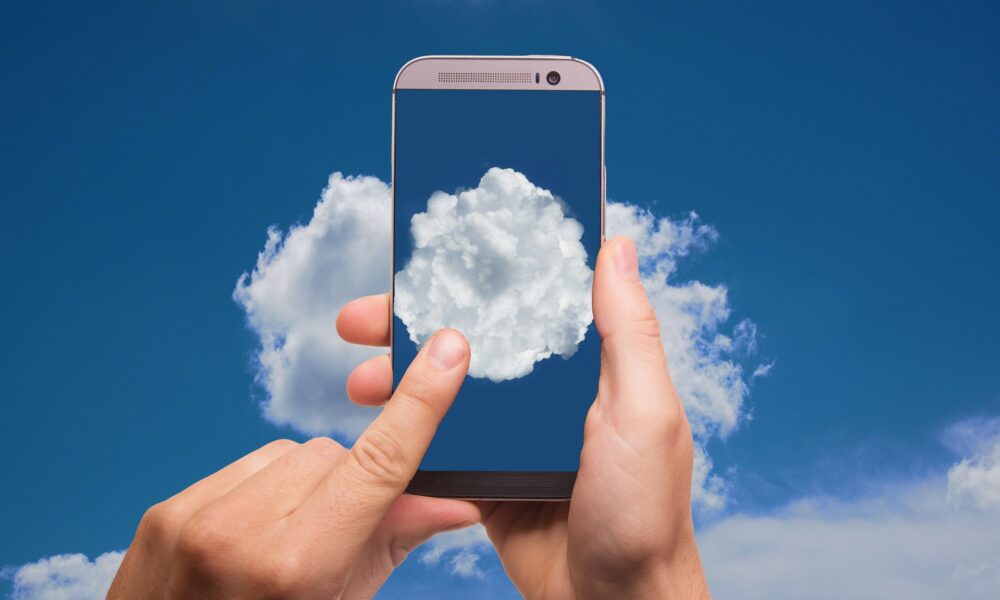
The top three public cloud providers are AWS, Microsoft Azure and Google Cloud. In their offering, all three have quite a few similarities. The main plans that they offer to their clients have many similarities in terms of the type of services they offer. In addition, their prices and billing models are also quite similar. They also have the same goals in terms of type of customers, among other things.
Of course, the fact that their cloud plans are similar does not imply that they do not also have differences. In certain respects, they present certain important differences and have distinct characteristics. These are the main ones:
1- Cloud Assisted Code Writing
All three major public cloud providers offer integrated development environments, or plugins, with which developers can write code manually. But the same is not true of software development tools assisted by Artificial Intelligence. So far only one offers such a tool, with AI models to help developers generate code automatically. This is AWS, which since 2022 has Amazon Code Whisperer.
With this tool, AWS customers who are dedicated to development will have recommendations when writing code, driven by Artificial Intelligence, with the aim of making it easier for them to develop more efficient connections with cloud resources.
Microsoft offers a tool similar in many cases to CodeWhisperer: Copilot. But not part of Azure cloud, but part of GitHub. This means that Copilot does not integrate in any specific way with Azure, nor does it specifically address development needs that are related to Microsoft Azure. Of course, Microsoft may decide to launch a tool of this type in the future, since it has decided to bet heavily on AI in its cloud, which is shown with the recent launch of Azure OpenAI and with the integration of tools like ChatGPT in several of its cloud products.
As for the Google Cloud platform, it is not yet firmly committed to AI-assisted development products. Neither is Google, at least for now. The momentum that Artificial Intelligence is taking, which is leading the big technology companies to accelerate their projects related to AI, and which in the short and medium term may make them accelerate developments and integrations related to it, may lead to the cloud gets a boost from Artificial Intelligence in general, and AI-powered code development for the cloud in particular. Not only in Google Cloud, but also in the rest of the public cloud providers that today do not have tools of this type.
2 – Platform as a Service (PaaS) cloud offerings
All major public cloud providers offer some version of cloud services. Platform as a Service (PaaS), a cloud computing model in which IaaS (Infrastructure as a Service) service is integrated with software development and deployment tools. All with the aim that companies can develop and run applications.
Of the three, the one with the most complete offering of PaaS solutions is Azure. It does so through systems like Web App Service. AWS also has quite a notable offering, with services like ELastic Beanstalkand Google Cloud has a service called Cloud Run.
But these two services are not as versatile or complete as those offered by Azure in PaaS. Neither in terms of the uses that can be given to them nor in terms of the flexibility they provide in the development and execution of applications. Therefore, if a developer needs to have PaaS services in the cloud, Azure is the most appropriate choice for him.
3 – Cloud Data Loss Prevention Services
The data loss prevention (DLP) solutions in the cloud are intended to help companies and professionals to discover and protect the sensitive data that they have to store in the cloud. In this case, both AWS and Azure and Google Cloud offer some type of system or tool designed for this.
Of course, the offer that Azure makes is based on a Microsoft product that is not specifically focused on protecting Azure. This is why it cannot be considered as a cloud data loss prevention solution in Azure. This is such a tool that is generic and is supported by Azure. Both AWS and Google Cloud offer a native DLP platform, so they beat Microsoft’s cloud in this case.
4 – Hybrid cloud solutions
The integration of a private storage infrastructure with a public cloud, such as those offered by the aforementioned providers, gives rise to the generation of a hybrid cloud. However, the way to create and manage these integrations is different in each case. In Google Cloud, for the creation and management of hybrid clouds you must use the platform anthoswhich is based on Kubernetes.
As for AWS and Azure, their solutions for building hybrid clouds are not based on Kubernetes. The one that allows you to do it in AWS is called Outpostswhile in Azure there are two options: Arc and Stack. So no knowledge of Kubernetes is required to build hybrid clouds.
In addition, there are other differences between the level of flexibility offered by these three providers in terms of hybrid cloud creation. Outpost is more restrictive, requiring customers to purchase hardware outright. AWS solutions, meanwhile, are compatible with virtually any type of hybrid cloud infrastructure.
These are the main differences that we can find in the cloud offer of the three main public cloud providers. In most cases, as we have seen, they all offer some kind of solution, but not always with the same versatility, solidity and power.
As for the rest of the differences that there may be, they will be in a much smaller area, such as data storage or hosted virtual machines. They all have similar options and very similar plans. But if you need an extra in any of the aspects that we have talked about, it is convenient to analyze with a magnifying glass which option is the best for you



